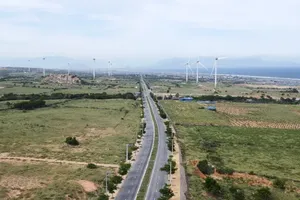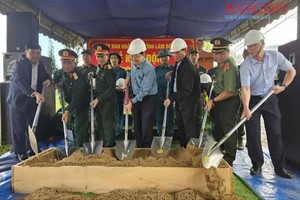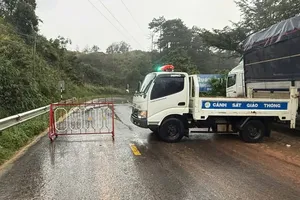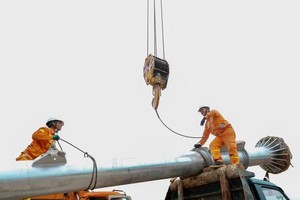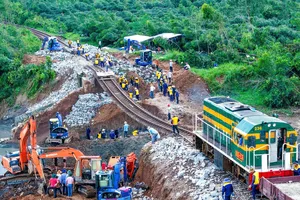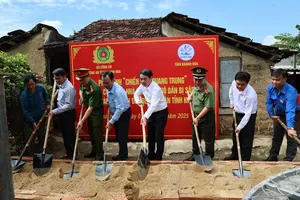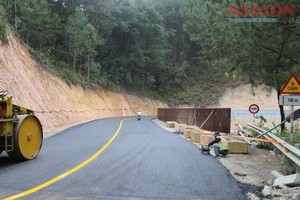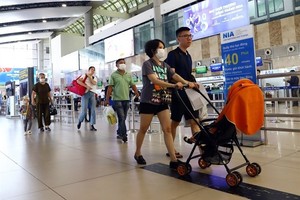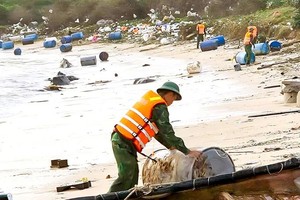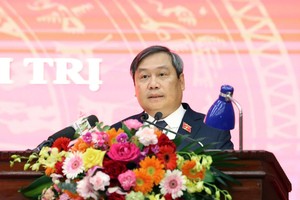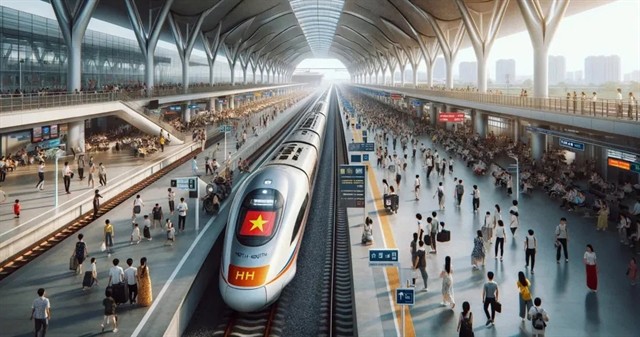
A proposed North-South high-speed railway project could soon turn the dream of having breakfast in Hanoi and lunch in HCMC into a reality. With a travel time of just five and a half hours between the two cities, the project promises to revolutionize domestic travel.
The current train system takes significantly longer to cover the same distance, and even coach journeys are considerably slower. The high-speed railway, however, is set to transform travel times between Hanoi and key cities such as Vinh, Da Nang, and Nha Trang. Travelling between these cities will be reduced to 1 hr 18 mins, 2 hrs 42 mins, and 4 hrs 18 mins, respectively. In some cases, journeys by train will even be quicker than flying, considering the time spent waiting at airports and going through security.
Recognized as a crucial and necessary infrastructure development, the project has recently received approval from the Politburo and the Central Committee of the Vietnam Communist Party. The Government is set to present the investment plan to the National Assembly during this month’s meeting.
The high-speed railway is not only expected to improve connectivity between regions but also to create significant economic opportunities. It is forecast to generate economic spillovers, opening up new areas for development and transforming the way urban spaces are structured.
The Ministry of Transport emphasizes that the railway will boost the competitiveness of the economy by improving the efficiency of transport and reducing travel costs.
The ministry has proposed a design speed of 350 km/h for the 1,541-kilometre railway, which will feature twin tracks and a 1,435-mm gauge. The project is estimated to cost US$67.34 billion.
Once completed, the electrified railway will include 23 passenger stations and five freight stations, with connections to major cargo hubs across the country. Starting from Ngoc Hoi station in Hanoi, the line will pass through 20 provinces and cities before ending at Thu Thiem station in HCMC.
Reducing reliance on foreign financing
Nguyen Danh Huy, Deputy Minister of Transport, said that the high-speed railway would primarily be funded by the State budget.
“With a spirit of independence and self-reliance, the Politburo has decided that we will not rely heavily on foreign loans. Borrowing from other countries often comes with conditions, and we want to avoid that,” he said.
While foreign loans might be considered if necessary, the deputy minister said that these loans would be minimal and must involve technology transfer to Vietnam. The decision would also take into account costs and the potential to develop domestic technology.
Deputy Minister Nguyen Danh Huy acknowledged the scale of the project, noting that its vast scope and the pressure to meet deadlines would present significant challenges. To address these challenges, the Government would mobilize resources from across the political system and seek partnerships with both domestic and foreign contractors. It would also involve design and supervision consultants to ensure the project stays on track.
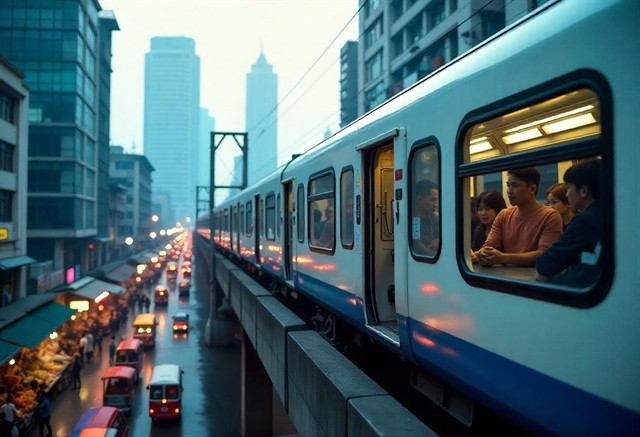
As for which country’s technology would be chosen for the high-speed railway, he said that this decision would depend on the conditions of the technology transfer and the level of support offered.
Prime Minister Pham Minh Chinh has ordered the implementation of special mechanisms to expedite the project. These mechanisms are expected to streamline procedures and aim to shorten the construction timeline, allowing the railway to be completed within the proposed timeframe.
Training the workforce
Building and operating the North-South high-speed railway will require a significant labor force. Around 13,800 workers will be needed to operate and maintain the railway, according to Vu Hong Phuong, director of the Railway Projects Management Board.
Additionally, between 700 and 1,300 people will need to be trained for project management, while another 1,000 to 1,300 will be required for consultancy roles.
During the construction phase, approximately 220,000 workers will be needed to handle manufacturing, construction, and material production.
To meet these demands, a portion of the workforce will receive training as soon as the project is approved. This training will focus on studying the type of technology to be used, project management, and overseeing the project’s various stages.
The Ministry of Transport has outlined a human resource training program, which will include a mix of domestic and international training. Workers will be trained at different levels—technicians, engineers, MA and PhD holders—to ensure that Vietnam has the skilled workforce needed to complete the project successfully.
Complementing air travel
Addressing concerns about competition with airlines, Deputy Minister of Transport Nguyen Danh Huy said that the high-speed railway would not compete with air travel but would complement it. “Both modes of transport will enhance each other,” he said.
The railway was expected to play a crucial role in reshaping the passenger transport market by providing a sustainable alternative to road and air travel for medium distances (between 150 and 800 km). This shift would not only reduce traffic accidents but also lower environmental emissions.
For shorter distances, road travel would remain the most efficient option, while the high-speed railway would dominate routes between 150 and 800 km. Air travel would continue to be the preferred mode for longer distances (more than 800 km).
The ministry leader noted that once the high-speed railway was operational, airlines were expected to give up shorter routes and focus on long-haul flights, where they had a competitive advantage.
Meeting the 2035 deadline
Many have questioned whether the high-speed railway can be completed within the eight-year timeframe, given the project’s scale. Construction is scheduled to begin in 2027, with completion expected by 2035.
Deputy Minister Nguyen Danh Huy acknowledged that Vietnam had no experience in building high-speed railways, which would add to the challenges. He said site clearance alone could be a lengthy process, with many projects initially expected to clear sites in three years but taking five to six years in practice.
However, he expressed confidence that with political resolve and the mobilization of resources, the project would be completed on time.
He pointed to successful domestic infrastructure projects, such as the My Thuan cable-stayed bridge and the North-South Expressway, as examples of Vietnam’s growing capacity to handle large-scale projects.
According to the World Bank, this is the right time for Vietnam to invest in high-speed rail. With GDP per capita expected to rise to around $7,500 by 2030 and the economy projected to grow to $564 billion by 2027, the country is well-positioned to finance the project.
Vietnam’s public debt is also relatively low, at just 37 percent of GDP.
These encouraging indicators suggest that Vietnam has both the resources and the capability to complete the North-South high-speed railway project, bringing the country one step closer to realizing its long-term economic goals.
